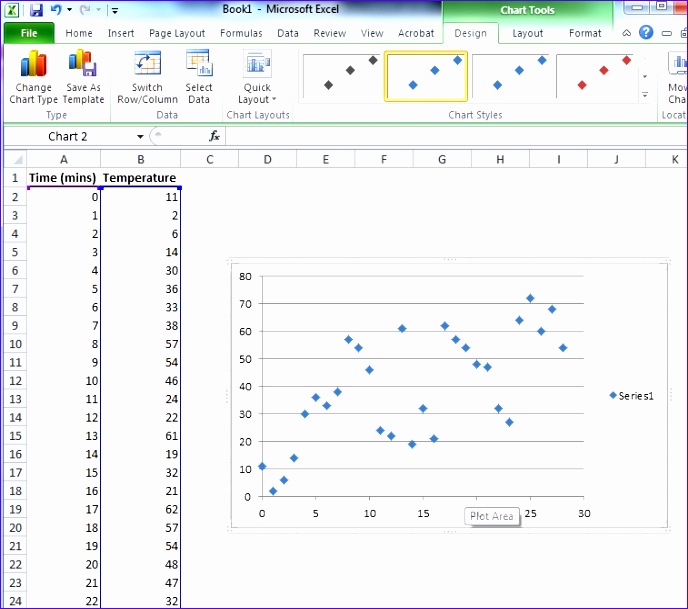

So then, the boxplot is constructed tightly based on the information provided by the 5 number summary. The whiskers are expressed in different ways, but one of the most common ways set the limit of the upper whisker as \(Q_3 + 1.5 \times IQR\), and the limit of the lower whisker as \(Q_1 - 1.5\times IQR\), where \(IQR\) is the interquartile range, that is defined as: \(IQR = Q_3 - Q_1\) Inside of the central box there is line that represents the median (which is the same as \(Q_2\)). This is how you make a box plot: There are different conventions, but the most common one indicate that the central box limits are determined by The so-called box-and-whiskers plot shows a clear indication of the quartiles of a sample as well of whether or not there are outliers. The end result should look like a box plot.What is a boxplot? A box plot is a chart tool used to quickly assess distributional properties of a sample. Set the same values for other areas of your box plot. Select an outline color and a stroke Width. On the Fill & Line tab in Format panel click Solid fill.
MAKE A BOX AND SCATTER PLOT CALCULATOR HOW TO
The following steps describe how to finish the layout. The stacked column chart should now start to resemble a box plot.īox plots are usually drawn in one fill color, with a slight outline border. Repeat the previous steps for the second-from-bottom data series. Open the Error Bar Options tab, in the Format panel, and set the following:
MAKE A BOX AND SCATTER PLOT CALCULATOR SERIES
The next step is to replace the topmost and second-from-bottom (the deep blue and orange areas in the image) data series with lines, or whiskers.įrom the ribbon, click Design > Add Chart Element > Error Bars > Standard Deviation.

The bottom data series are hidden from sight in the chart. On the Fill tab, in the Formal panel, select No Fill. Note: When you click on a single column, all instances of the same series are selected.Ĭlick Format > Current Selection > Format Selection. To reverse the chart axes, right-click on the chart, and click Select Data. Select all the data from the third table, and click Insert > Insert Column Chart > Stacked Column.Īt first, the chart doesn't yet resemble a box plot, as Excel draws stacked columns by default from horizontal and not vertical data sets. The data in the third table is well suited for a box plot, and we'll start by creating a stacked column chart which we'll then modify. Top of Page Step 3: Create a stacked column chart To begin, create a third table, and copy the minimum values from the last table there directly.Ĭalculate the quartile differences with the Excel subtraction formula (cell1 – cell2), and populate the third table with the differentials.įor the example data set, the third table looks like the following: In effect, you have to calculate the differentials between the following: Next, calculate the differences between each phase. Top of Page Step 2: Calculate quartile differences The following quartiles are calculated from the example data set: To do this, create a second table, and populate it with the following formulas:Īs a result, you should get a table containing the correct values. Step 4: Convert the stacked column chart to the box plot styleįirst you need to calculate the minimum, maximum and median values, as well as the first and third quartiles, from the data set. Each column has 30 entries from the following ranges: In our example, the source data set contains three columns.

While Excel 2013 doesn't have a chart template for box plot, you can create box plots by doing the following steps:Ĭalculate quartile values from the source data set.Ĭreate a stacked column chart type from the quartile ranges.Ĭonvert the stacked column chart to the box plot style. In some box plots, the minimums and maximums outside the first and third quartiles are depicted with lines, which are often called whiskers. In a box plot, numerical data is divided into quartiles, and a box is drawn between the first and third quartiles, with an additional line drawn along the second quartile to mark the median. If you’re doing statistical analysis, you may want to create a standard box plot to show distribution of a set of data.


 0 kommentar(er)
0 kommentar(er)
